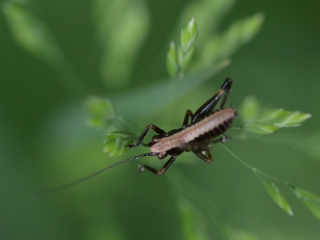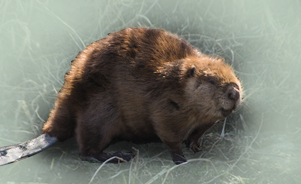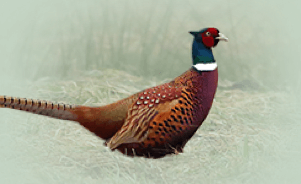Dark bush-cricket Pholidoptera griseoaptera

Features
It grows from 13 to 18 mm in length. It appears from July to October.
| Species | Insect |
| Living space | Bush crowns, Treeline |
| Size | 13-18 mm |
Description
Pholidoptera griseoaptera can reach a body length of 11 to 21 mm (males) and 15 to 20 mm (females). The sickle-shaped and upward curved ovipositor of the females is 8 to 10 mm long, while the males have two short cerci. The antennae and the hind legs are quite long. The rounded brachypterous wings of the males are brown with light brown to ochre-coloured edges and are about 5 mm in length (about as long as the pronotum). The females are almost wingless or have half-round, grey-brown fore-wings that are 1-2 mm long. Long-winged (macropterous) forms are not recorded. The adults are omnivorous, feeding primarily on small insects such as aphids and caterpillars, but eat also plants such as bramble, dandelion and nettles. The stridulation is a brief and penetrating sound, repeatedly irregularly night and day. The dark bush-cricket colonizes a variety of habitats, but avoids sandy soils and are accordingly rare in sandy areas. It is mainly present in forest edges or clearings, but can be found also in wasteland, parks and gardens, at an elevation of about 0–2,100 metres above sea level. The females lay their eggs in the soil, in dead branches, in bark crevices and rotting wood. The eggs need high humidity. The larvae require two years for their full development, with seven larval stages. They feed exclusively on vegetables. Nymphs appear at the end of April of the third year, while the first adults appear in June.Dark bush-cricket
on the habitat Temenica

Features Temenica (3)
SPECIAL ogr.




